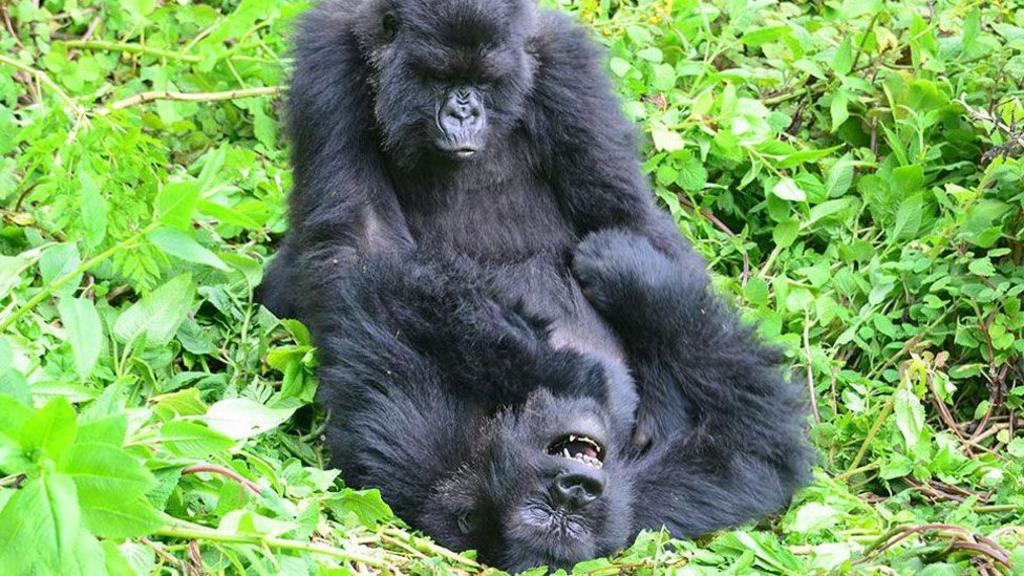New research conducted in Rwanda suggests that the relationships between female mountain gorillas hold greater significance than previously understood.
The study reveals that when a female gorilla integrates into a new group, she actively seeks out and aligns herself with a female she already has a bond with.
Researchers based their findings on two decades of data collected from various gorilla groups within Volcanoes National Park, Rwanda.
The research indicates that even after years of separation, a newly arrived female gorilla will prioritize joining a female with whom she previously shared a connection.
The findings, published in the Royal Society Journal Proceedings B, underscore the importance of individual female relationships within gorilla society.
“From a scientific standpoint, I’m hesitant to use the term ‘friendship’,” explained lead researcher Victoire Martignac, a PhD researcher from the University of Zurich. “However, our research clearly demonstrates the significance of these same-sex relationships.”
Group mobility is a crucial factor in shaping the social structure of these animals. Both males and females engage in this behavior, with females sometimes moving multiple times throughout their lives.
This dispersal, as it is known, plays a key role in preventing inbreeding, promoting genetic diversity, and influencing social dynamics.
“In the wild, it is very important,” explained Ms. Martignac.
“However, it’s exceptionally challenging to study, as tracking individuals after they leave a group proves difficult.”
In collaboration with the Dian Fossey Gorilla Fund, at a field site monitored since 1967, Ms. Martignac and her team were able to meticulously track these movements.
By analyzing decades of data on the gorillas’ lives, the scientists tracked the “dispersals” of 56 female mountain gorillas, examining their choices of new groups and the reasoning behind them.
The gorillas avoided groups with potentially related males, but the presence of familiar females also “mattered a lot,” Ms. Martignac explained.
The females showed a preference for their “friends,” even after years of separation.
They often favored groups with females they had grown up with, regardless of the time elapsed. They also sought out individuals with whom they had formed a social connection, perhaps through play and interaction, more recently.
Ms. Martignac explained that gorillas invest in these relationships due to the significant social benefits they provide.
“New arrivals typically start at the bottom of the social hierarchy,” she said. “Resident females can exhibit aggression towards them, as they are potential competitors.”
Mobility is a critical aspect of human society, and researchers suggest that studying its origins in other great apes can illuminate the evolutionary forces driving it.
“Movement is a significant part of how we live,” said Ms. Martignac. “But the decisions behind it do not fossilize.”
“Therefore, we examine them in our closest evolutionary cousins.”
This new understanding of gorillas’ social lives, she added, “reframes how we perceive female-female social relationships.”
“They are far more important to these animals than we previously realized.”
Malaika, an African lion, was born at the estate and was “much-loved by guests and keepers”.
Sloth bears are the world’s deadliest bear. As their habitat shrinks, India’s forest communities are finding ways to co-exist with them.
The slurry was so deep the unlucky animal was unable to stand up, its rescuers say.
Storks disappeared from the skies above London centuries ago due to hunting and habitat loss.
Natural England say several at-risk animals have returned to the site after a restoration project.

